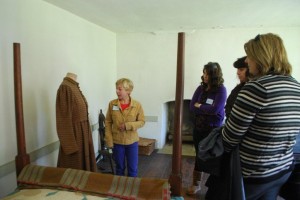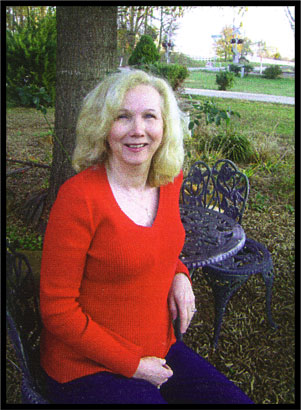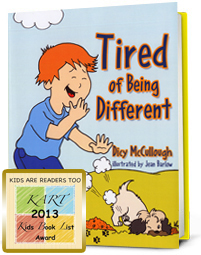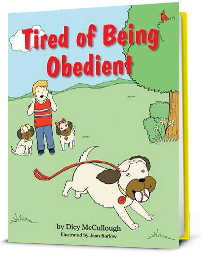Serving the Community
Daughters of the American Revolution is an organization known in the community for patriotism and service. Formed in 1890, some of its goals include preserving history, providing scholarships, promoting literacy and supporting efforts to help veterans.
Ever since I was a child, I’ve loved history, learning patriotism from my dad. While it’s true he carried scars from service in the Army during WWII, he was proud of that sacrifice and proud to have served. Having that background, my philosophy fit perfectly with that of DAR. Knowing in order to join you must have a patriot in your family-line, with little information available about my genealogy, I never thought I could.
Then, one day, while going through some old photos, I found a photo with the name of my paternal great-grandparents. Giving that to a friend interested in genealogy, within one week, he discovered a patriot on my dad’s side. Not long after that, I became a member of the Elizabeth Maxwell Steele Chapter, Daughters of the American Revolution.
With DAR members always wanting to learn more about history, excitement filled the air this past April when the chapter made a visit to the Old Stone House in Granite Quarry, NC. Now under the care of the Rowan Museum, the Old Stone House was built 250 years ago by Michael Braun. Seeing a house of this era helped members understand the hardships their ancestors may have faced.
The original plan for the day was a preliminary organizational meeting on the grounds, to be followed by a tour and then lunch. Being a chilly day, with almost freezing temperatures, those plans changed. Members, instead, squeezed into the dining room, which seemed appropriate since Michael Braun’s family must have spent time in that room on cold, chilly days. With the bright sun shining through the large windows, it was easy to imagine life in this period of American history. Even visions and sounds of children playing with their toys in the adjoining room were easy to imagine.
My favorite part of the tour was climbing tiny steps to the second floor to see the Executive Director of the Rowan Museum, Kaye Brown Hirst, weaving rugs on a loom near a window. Fascinated by her feet going back and forth moving the warp threads, some of the ladies commented on how much time pioneer women must have spent doing this one task. Kaye explained weaving was only a part of the process, with sheering sheep, carding and cleaning the wool part of it as well. After hearing the details, we all expressed gratitude for living in modern-day America and not colonial days.
Tricia Creel, Education Coordinator for the museum, said in later years women were able to buy material from traveling salesmen, thus freeing them up for other tasks. She also said, sometimes when the women couldn’t afford new material, they might instead have enough money to buy buttons to make an old garment seem like new. As an example, she showed what was believed to be Michael’s granddaughter’s dress, trimmed with beautiful wooden buttons all the way down the front.
After the tour, a brief meeting and lunch, everyone left learning not only a little more about history, but a little more about each other having enjoyed fellowship and conversation that day. To learn more about the National DAR, check out the following website. To learn more about the Elizabeth Maxwell Steele Chapter and its visit to the Old Stone House, click on the Salisbury Post link, here.
Do you know of a DAR chapter active in your community? Leave a comment, message on Facebook or email dicysm@yahoo.com.
Thanks,
Dicy
www.dicymcculloughbooks.com/blog













